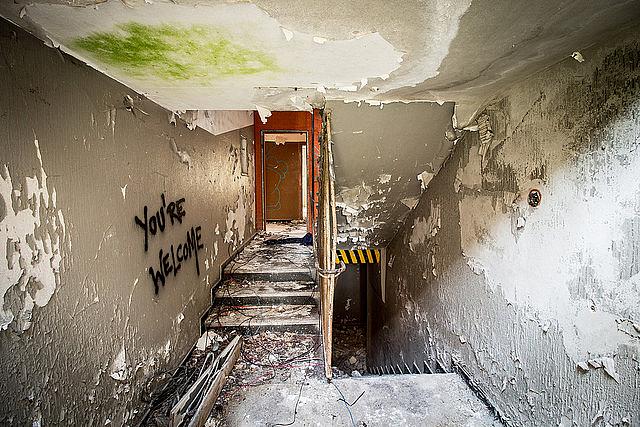In Lexington, Ky., a community turnaround that wasn’t

Not far away from the Lexington Herald-Leader newsroom is a community that has had its struggles. It has battled crime and affordable housing shortages, and has struggled to create activities for kids. The area is deemed a food desert with only liquor stores scattered throughout street corners. The East End community in Lexington, Kentucky is about 400 acres of old mansions, shotgun houses and, in the past, was home to two of the city’s housing projects.
More than 15 years ago, Lexington officials had a vision of manicured lawns, townhomes and single-family houses wrapping around an all-inclusive school in East End. Their plan would unfold in phases over the course of a few years, with help of big dollars from the federal government. The hope was that the issues embedded in that community would vanish after the city razed the housing projects and built new homes and a state-of-the-art school. It was an effort to change the culture and the disposition of residents, and allow original occupants of the dilapidated public housing a chance to become homeowners. The construction happened, but for the most part, the neighborhood change did not. This has especially been the case for students attending William Wells Brown Elementary School in the heart of the East End.
A little background: With an initial $20 million federal Hope VI grant — funds awarded to communities by the U.S. Department of Housing and Urban Development to help at risk areas rebuild — the Lexington Housing Authority leveraged more than $80 million in investments to redevelop Bluegrass-Aspendale, the city’s first public-housing community. The city tore down 279 Bluegrass-Aspendale apartments and filled its 79 acres with nice homes, treated grass and an elementary school that was considered to be the centerpiece of what officials hoped would become a vibrant renewed community.
The $15 million school includes 16 standard classrooms, a preschool and a special education room. There’s also a community center with a full-size gymnasium, a multi-purpose room and a kitchen classroom for adult education programs. The building is home to 430 students. There is a Healthy Kids clinic run by the nonprofit HealthFirst Bluegrass. It was touted as the first “true community school of its kind.”
But the school and the East End continue to struggle after city and school officials invested more than $100 million in over decade. In 2011, the University of Kentucky conducted a study on the East End and the school. Researchers found that the school’s test scores were disastrous and had poor parent involvement. The Herald-Leader later reported the school tested last in the state.
As for the community, the study revealed it had no local grocery stores, and the corner stores they did have were selling rotten meat, flies were hovering around the small amount of fruits and vegetables, and expired eggs remained on shelves.
Public safety is also a concern. The East End has had history of crime, and it still remains. Homicides and violent crimes occur, and sidewalks are either destroyed or nonexistent, requiring residents to walk in the street causing a safety hazard since the streetlights don’t work.
My National Health Journalism Fellowship project will attempt to uncover whether or not the city’s initiatives succeeded or failed form 15 years ago, who has remained, and how citizens survive in a community fight against poor health, crime and unemployment. I’ll try to answer, What happened? How?
[Photo via Flickr.]

